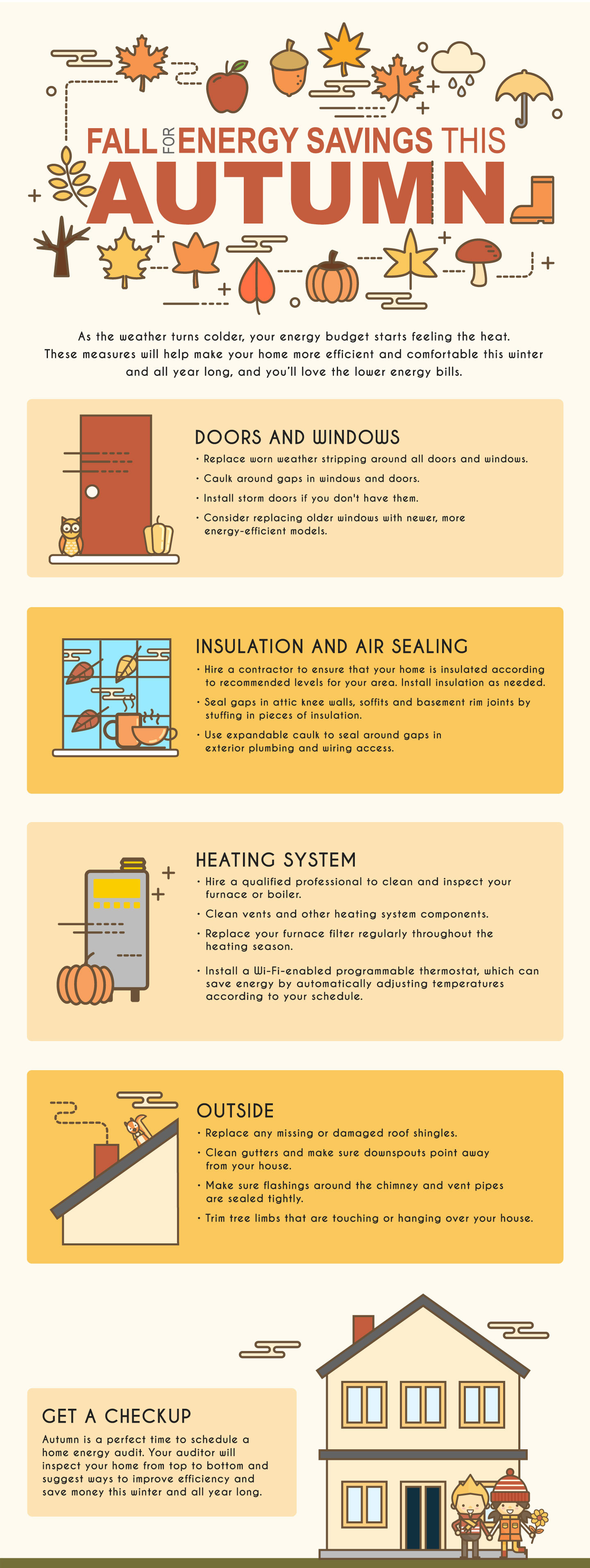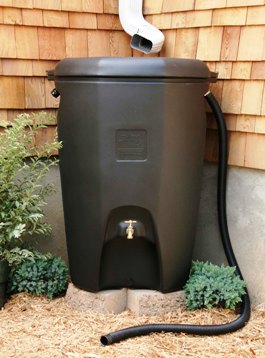Created to encourage students’ love of reading and creative writing, Cobb EMC and Gas South are proud to support the Literacy Week program that local students participated in all last week. The program reached students through in-person events at approximately 35 schools in the Atlanta metro area. More than 15,000 students interacted with authors and illustrators this year.
Knowing when to replace your heating system isn't always obvious, but knowing what signs to look for can make it a little easier.
-
A noisy heating system could be a sign that you have an undersized duct system or a serious operating issue. Either way, comfort doesn't come with loud noises.
-
If your heating system is more than 10 years old, upgrading to a properly installed ENERGY STAR®-certified system can significantly improve your heating costs and your comfort.
-
Multiple visits from a professional could be costing you a lot in repairs and on your energy bills.
-
Uneven heating can be a sign of leaking ducts, uneven ductwork or system performance issues.
-
Leaky ducts or poor equipment operation can lead to big problems. High humidity can lead to mold or other biological toxins. Excessive dust can stir up allergies all year round.
If you've noticed any of these signs, it might be time to consider replacing your heating system.
Extension cords aren't meant for permanent use. Learn how you can plug in safely.
Do you have extension cords plugged in right now? Remember, extension cords aren't meant for permanent use. They can overheat and cause a fire.
Move plugged-in devices closer to the outlet if possible. If you need an extension cord, use a smart plug to cut the power to the cord or unplug it when not in use.











 Lawn and garden watering make up nearly 40% of total household water use during the summer. A rain barrel collects water and stores it, providing a supply of soft water free of chlorine, lime or calcium.
Lawn and garden watering make up nearly 40% of total household water use during the summer. A rain barrel collects water and stores it, providing a supply of soft water free of chlorine, lime or calcium.